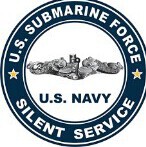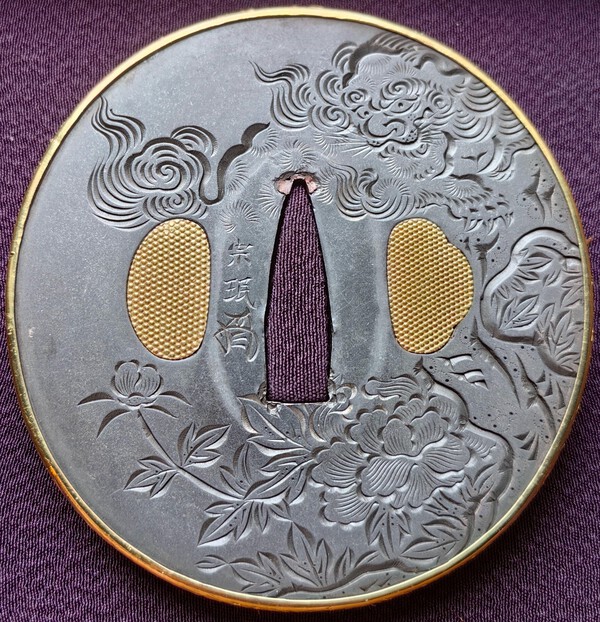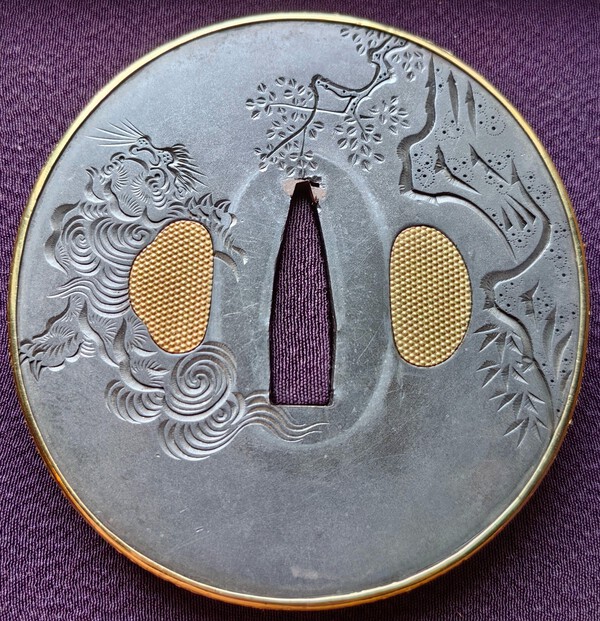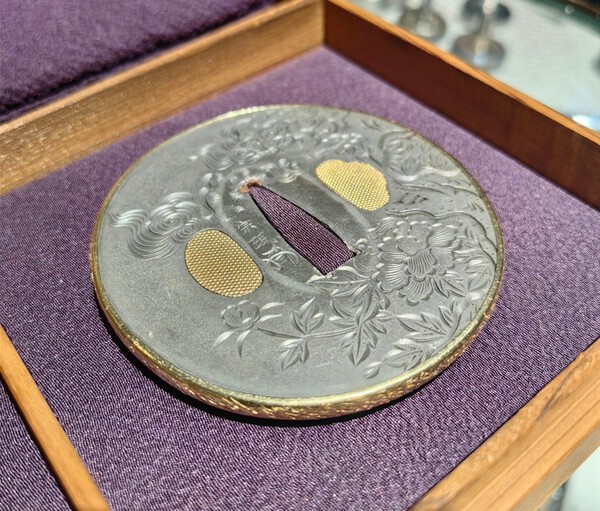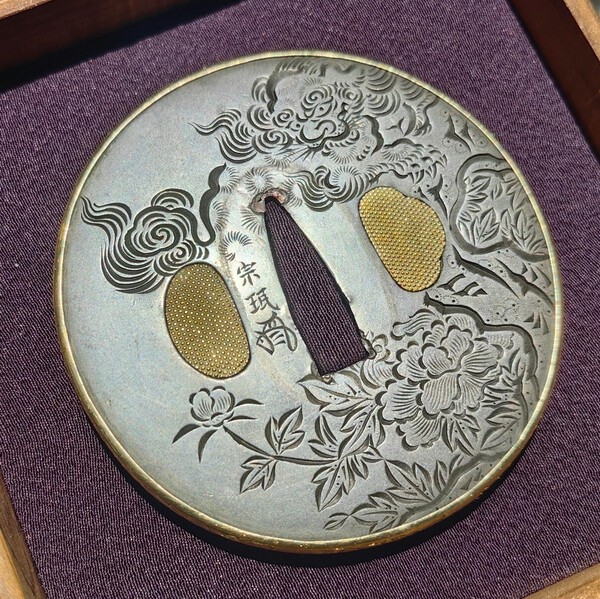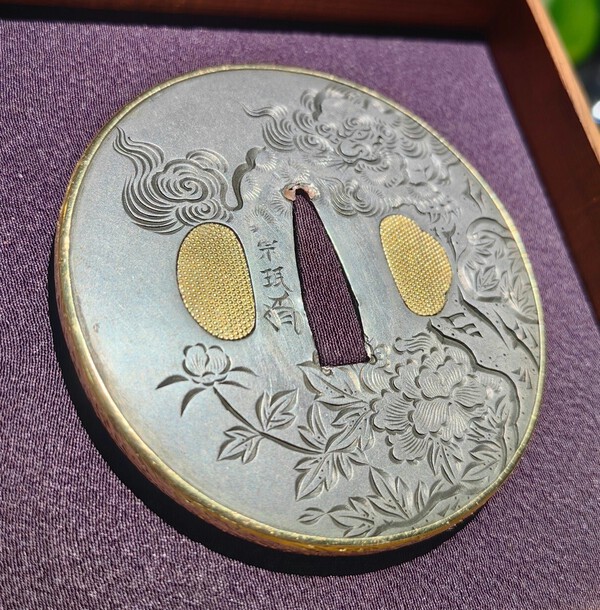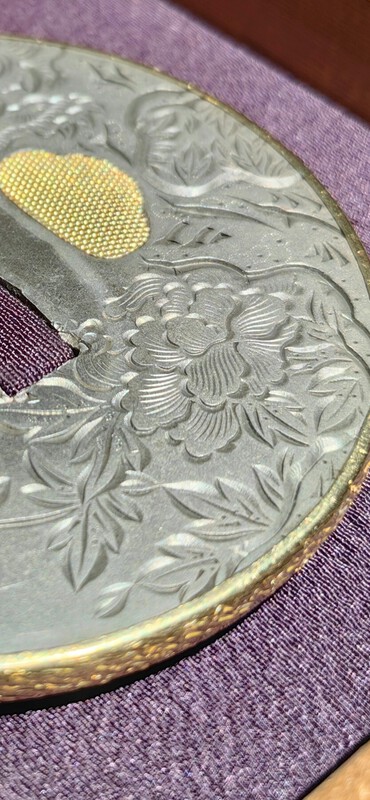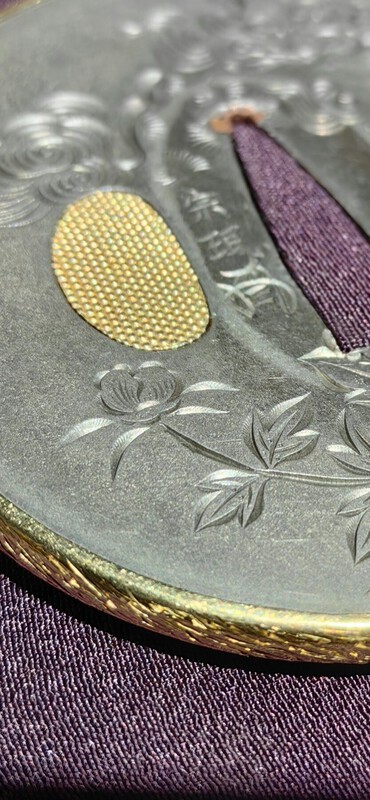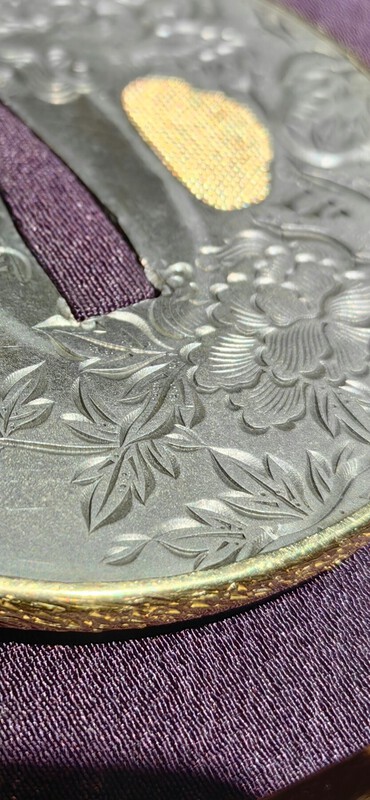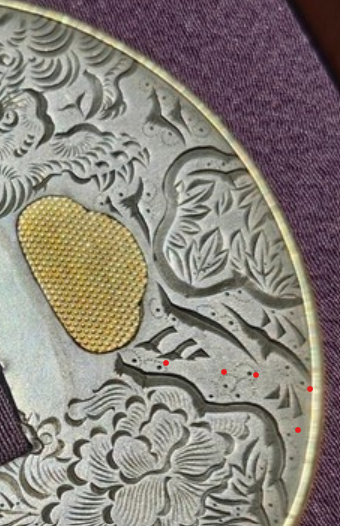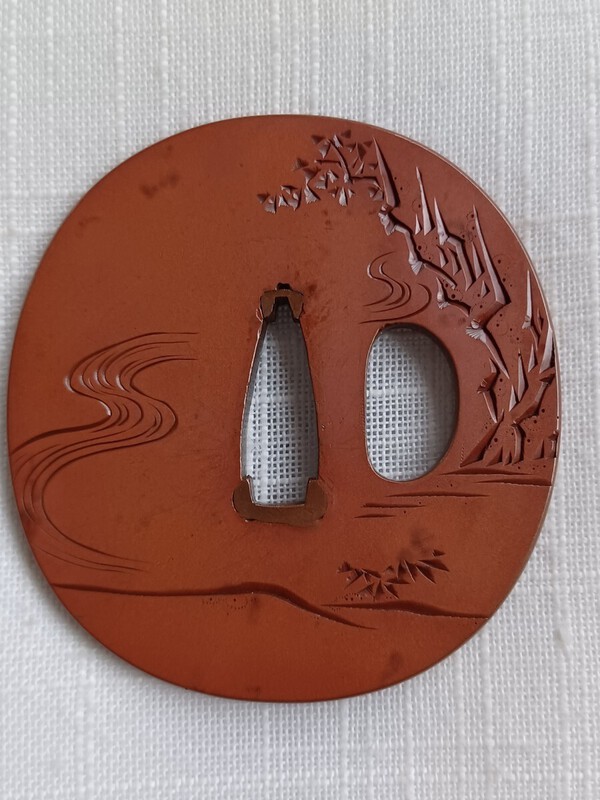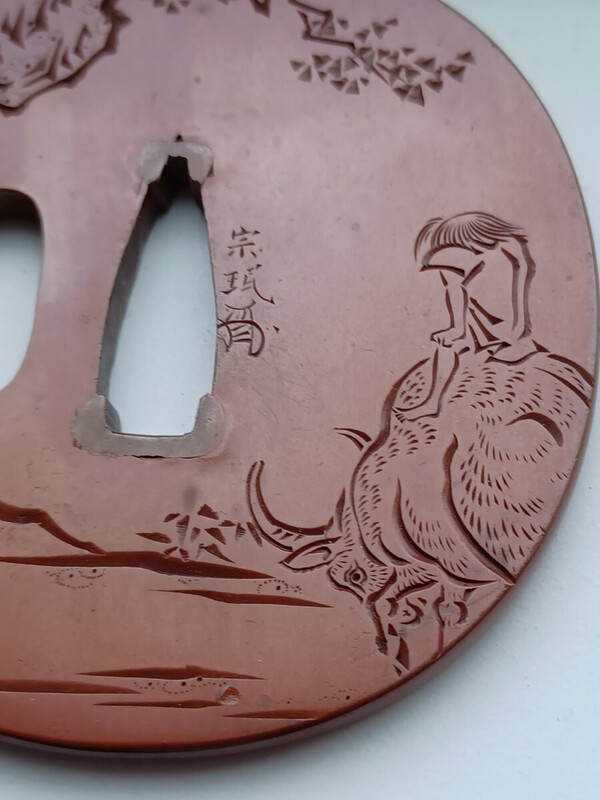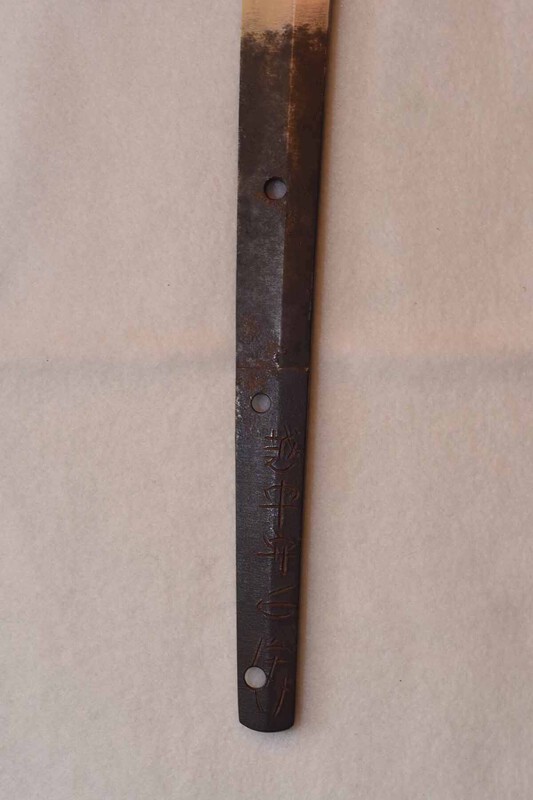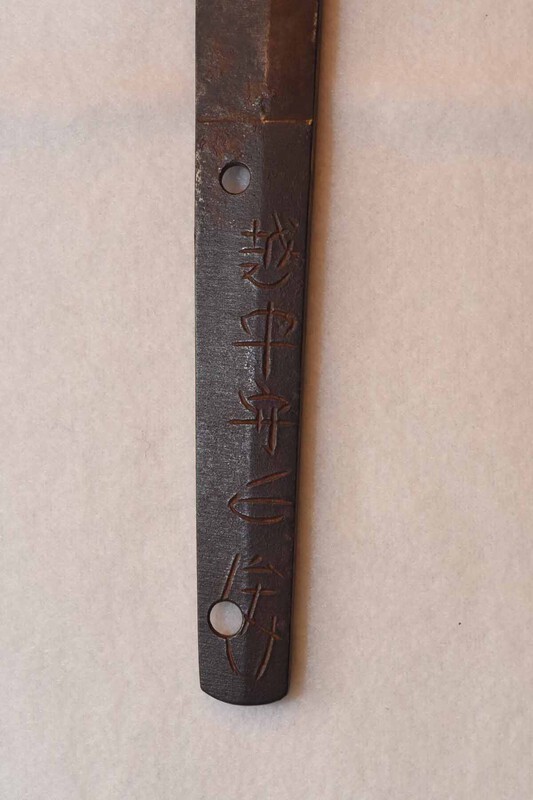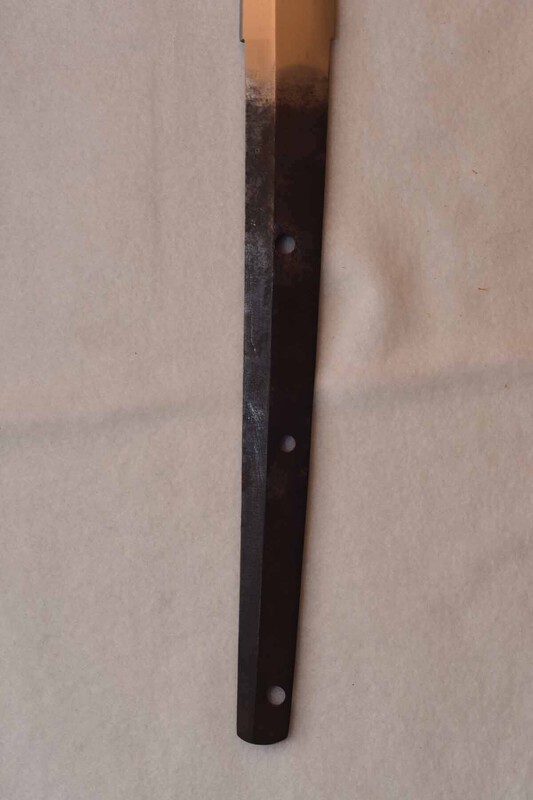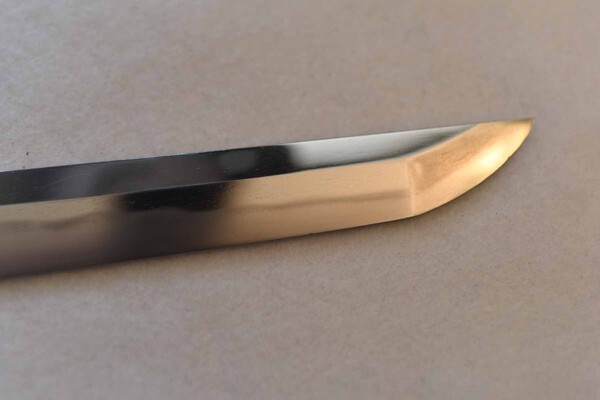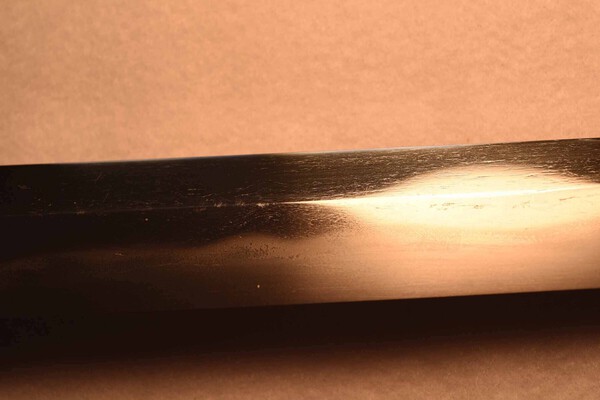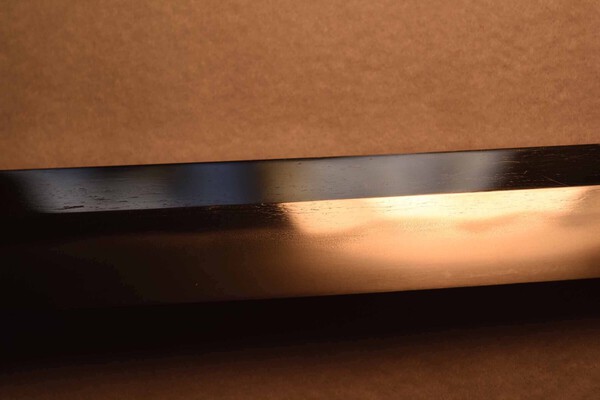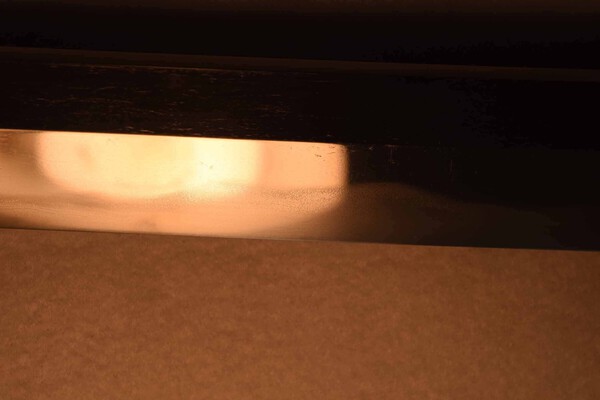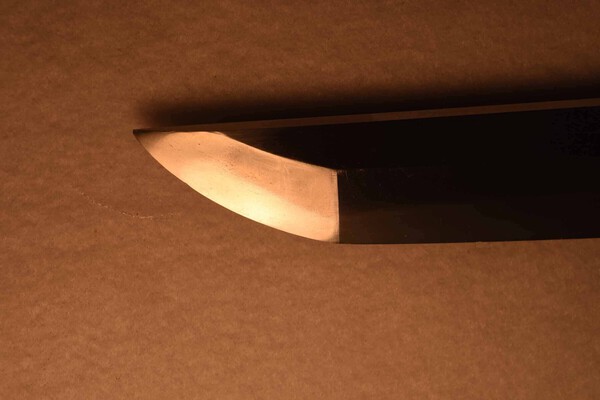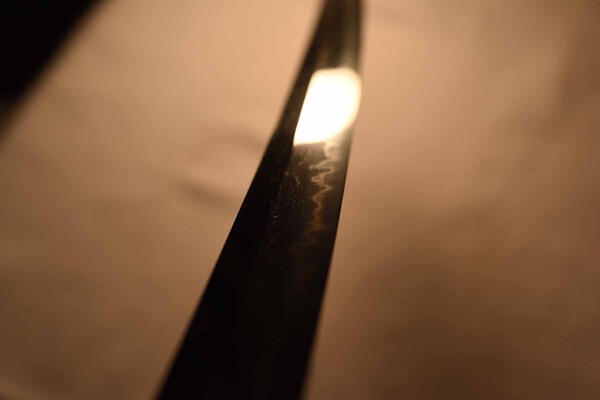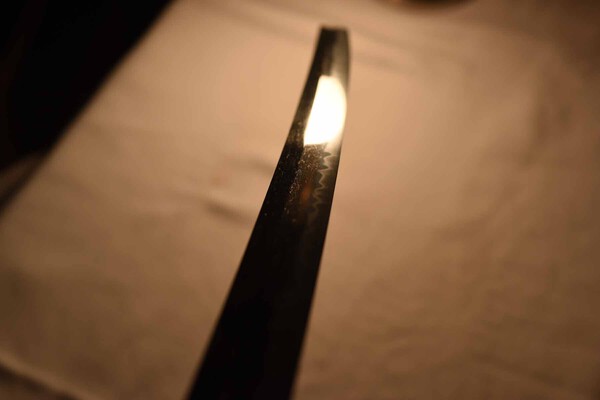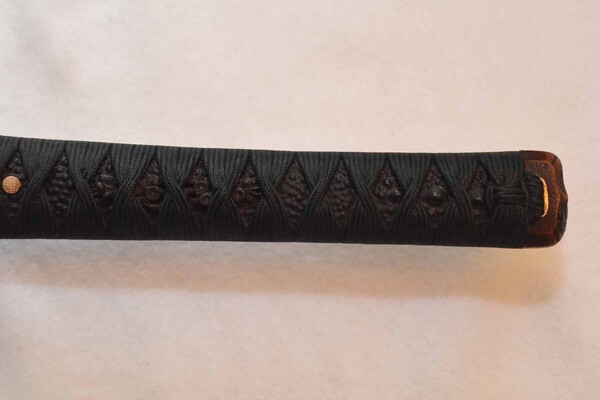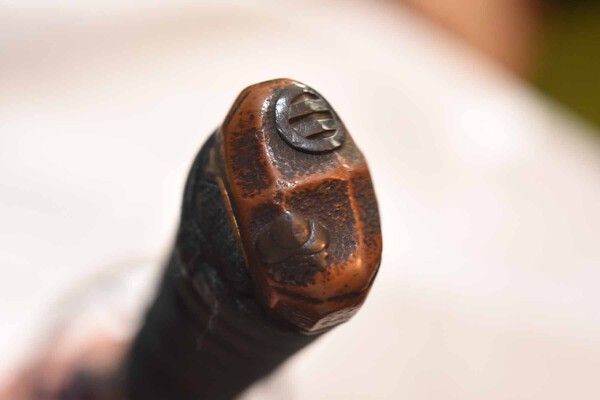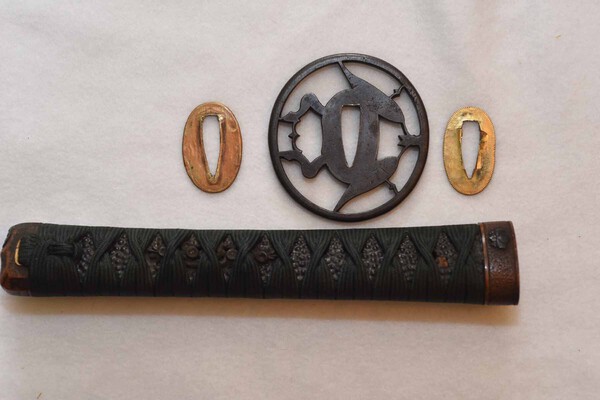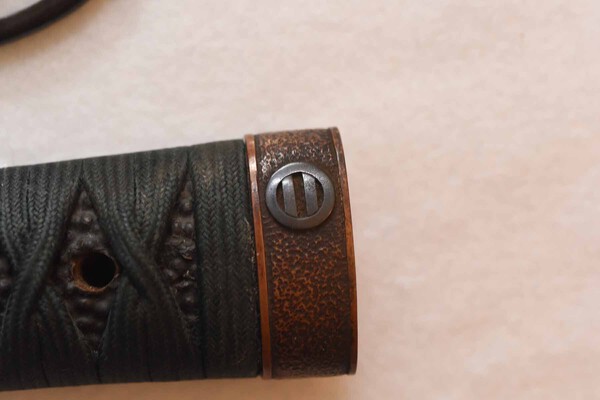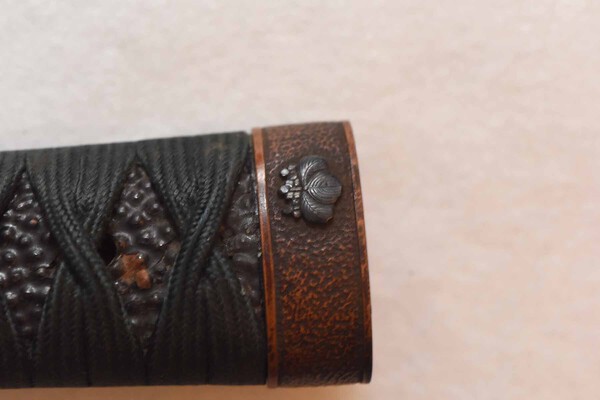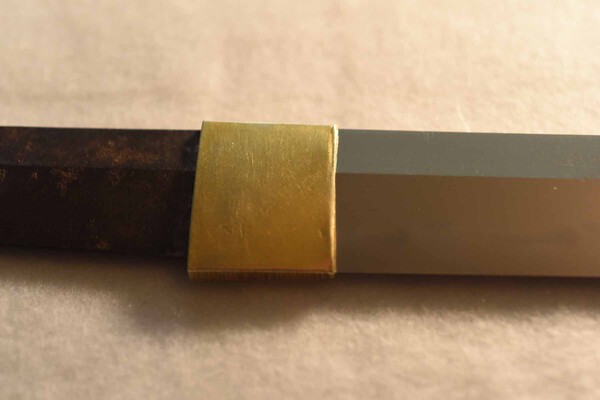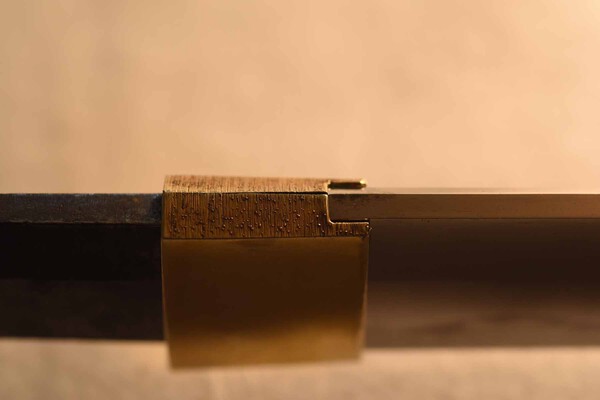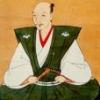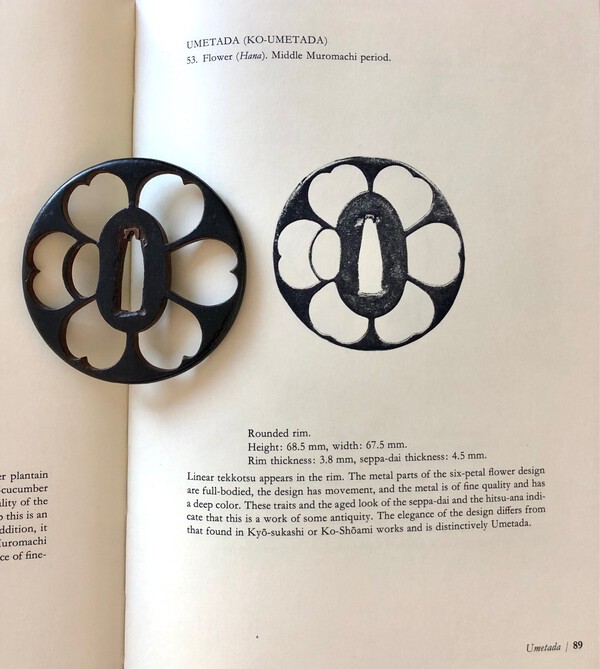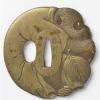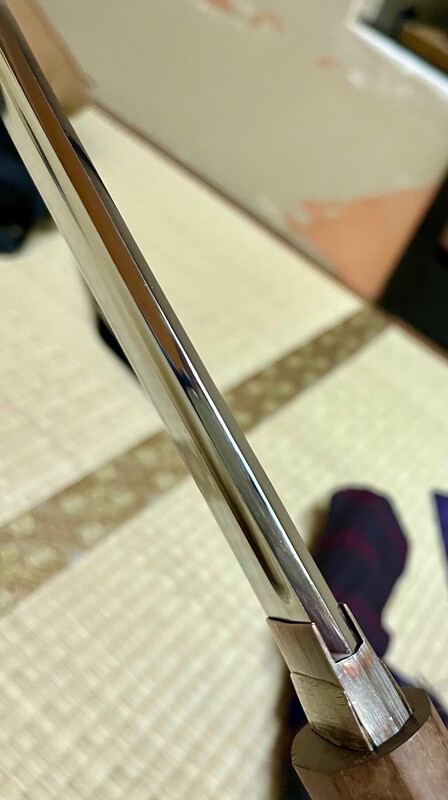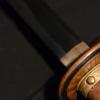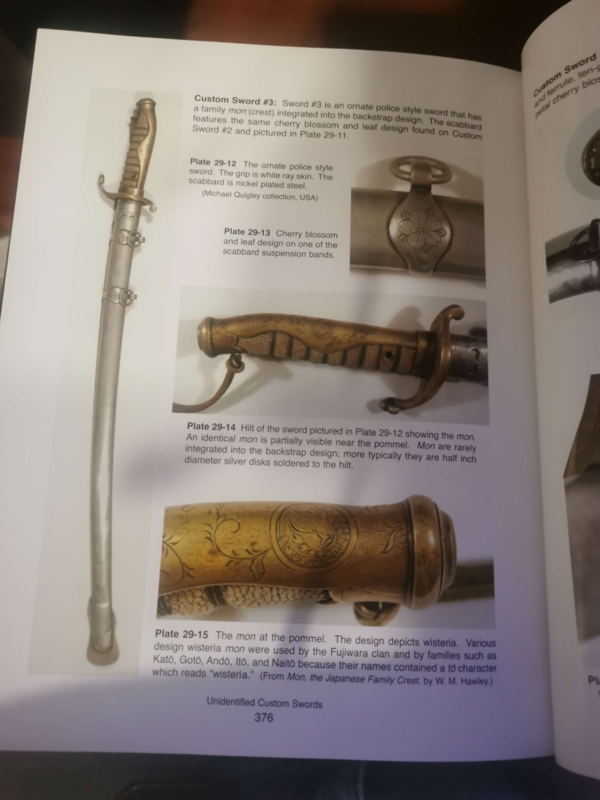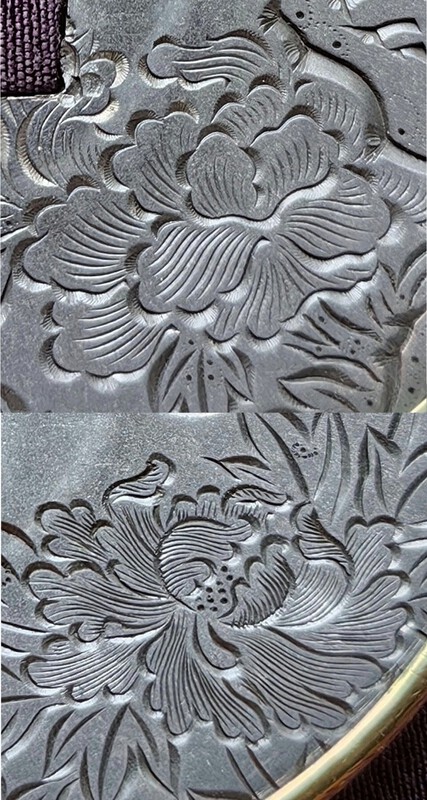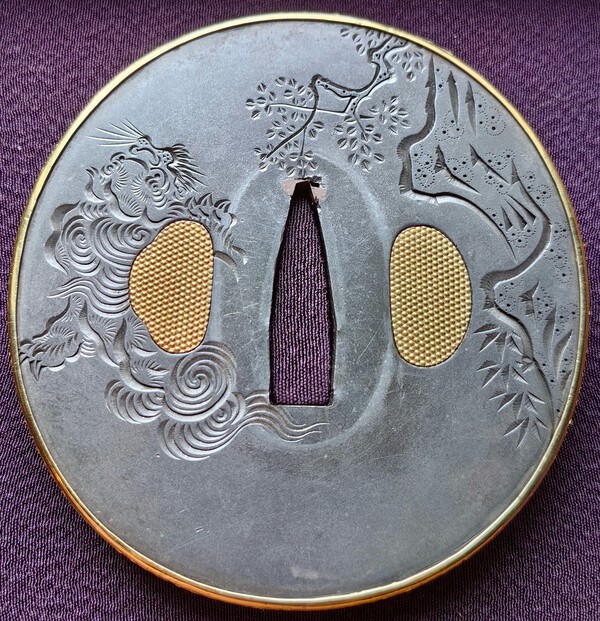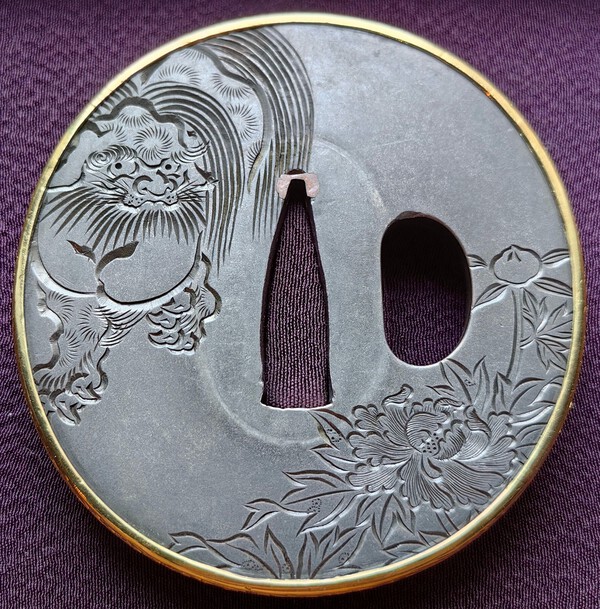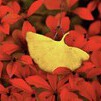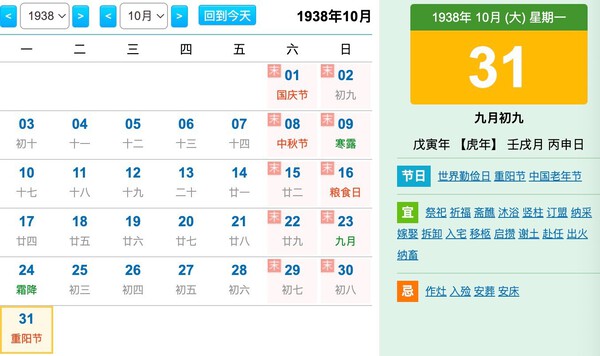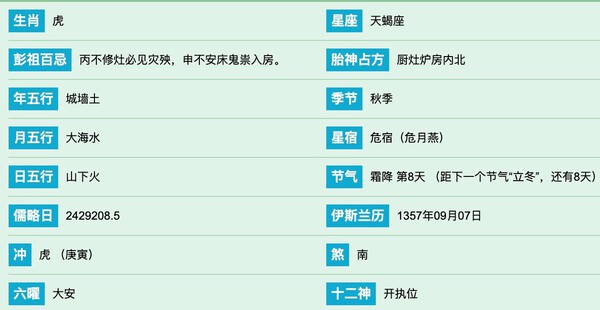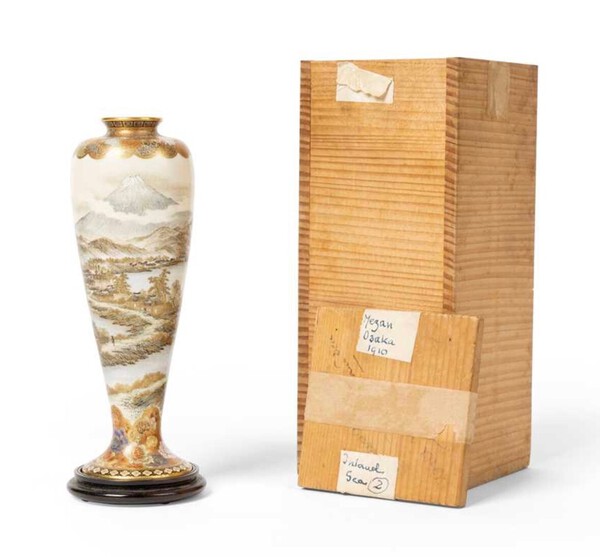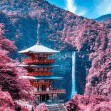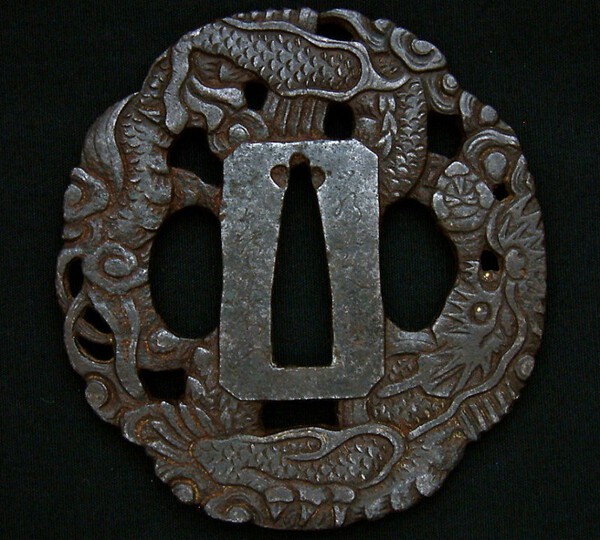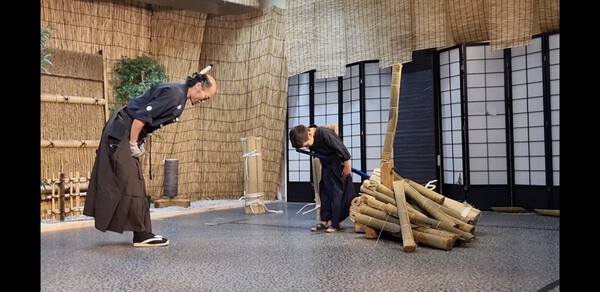Leaderboard
Popular Content
Showing content with the highest reputation on 11/15/2023 in all areas
-
7 points
-
5 points
-
4 points
-
4 points
-
4 points
-
Will be in Tokyo, first time end of this month, always wanted a Katana, looking at a nice papered blade. katana [higo-no-kami kuniyasu] (sintou jou-saku) (oh wazamono) Sintou NBTHK Tokubetsu Hozon Paper ¥ 700,000(JPY) Item number: esg2310-1102 Category3 points
-
3 points
-
Type (Tachi, Katana, Wakizashi, Tanto, Naginata, Other) : Katana Ubu, Suriage or O-Suriage : Suriage Mei : (Mumei, Signature) : Etchu no Kami Masatoshi Papered or not and by whom? : NBTHK Tokubetsu Hozon Era/Age : Early EDO Shirasaya, Koshirae or Bare Blade? : Shirasaya and Koshirae Nagasa/Blade Length : 69cm Sori : 1cm Sword Location : USA Will ship to : USA Payment Methods Accepted : PayPal, Bank Wire Price and Currency : $6795 Other Info and Full Description : Etchu no Kami Masatoshi Katana in good polish. Papered by NBTHK, Tokubetsu Hozon. Masatoshi was the youngest son of Kanemichi, the founder of the Mishina School in Mino. There were four generations that signed Etchu no Kami Masatoshi. At some point the second generation added a 16 petal chrysanthemum to the tang above his signature, which was continued through the later generations. This example does not have the chrysanthemum, placing it as either first generation or early second. Comes in a shirasaya with a gold-foil habaki and includes a very nice koshirae with brass fuchi and kashira, black same-gawa, green tsuks-ito, and black lacquered saya. There are two mon on the Koshirae, I believe they are Ashikaga and Toyotomi, but I could be wrong. It's too hard to keep up with all the international shipping rules and regulations, so I'll only ship within the USA. Price includes shipping and insurance. Thanks for looking. Wayne3 points
-
I'm with Steve,It should be 節句 instead of 節旬 昭和十三(1938) 戊寅(The year of the tiger) 旧(Old/Former-lunar calendar) 節句(Sekku) 吉日(Auspicious/Lucky day). The 五節句(Five Sekku")refer to specific traditional Japanese celebrations: 人日(Jinjitsu)on January 7th, 上已(Jōshi)on March 3rd, 端午(Tango)on May 5th, 七夕(Tanabata)on July 7th, and 重陽(Chōyō)on September 9th. 1938年昭和13年の節句・五節句 節句 日付 旧暦 人日の節句(じんじつのせっく) 1月7日(金曜日)(大安) 1937年12月6日 上巳の節句(じょうしのせっく) 3月3日(木曜日)(先負) 1938年2月2日 端午の節句(たんごのせっく) 5月5日(木曜日)(先負) 1938年4月6日 七夕の節句(たなばたのせっく・しちせきのせっく) 7月7日(木曜日)(先負) 1938年6月10日 重陽の節句(ちょうようのせっく) 9月9日(金曜日)(仏滅) 1938年7月16日 Based on the traditional calendar, December 6th, 1937, appears favorable for construction, but it did not align precisely with the 戊寅年. February 2nd, 1938, seems inauspicious for various activities. It's advisable to avoid construction on April 6th and June 10th. July 16th, 1938, (重陽), is suitable for ceremonies, blessings, trading, and similar activities. However, there's no specific mention of its suitability for construction. Therefore, July 16th, 1938 (重陽), seems the most probable date for consideration.3 points
-
3 points
-
This is a really fine early Umetada iron sword guard. It presents with a floral motif (species of flower unidentified), with a single hitsu-ana for the kozuka. While at first glance a relatively unassuming tsuba, the color, patina, very subtle and deft hammerwork, together with its condition make it an excellent piece. I am moving this only because it doesn't fit in my collecting focus (Owari Province works), as the above features warrant its being a keeper. The color is a deep blue-black, which is not commonly encountered in iron tsuba, where more of a rust-colored iron is the norm. I have included a photo here of the tsuba next to an entry from Sasano's "Early Japanese Sword Guards: Sukashi Tsuba," where he identifies a very similar work (including the nakadaka shape, where the seppa-dai is thicker than the rim), as "Ko-Umetada," and locates that tsuba in the mid-Muromachi Period. I think his dating here is a bit ambitious, but have no problem putting the present piece in the Momoyama Period. This is an elegant, graceful swordguard that I am sorely tempted to keep, despite its not fitting in my collecting focus. Measurements are 7.8cm x 7.7 cm x 6mm at the seppadai, 4.5mm at the rim. $475.2 points
-
2 points
-
The Nami-no-hira tantō deal finally went through today. Phew! The dealer tried to put the price up, acting as if he didn’t remember the price he had offered me before. This was annoying because I was getting ready to negotiate and now I had to accept exactly what he had quoted last month, as if he was doing me a big favo(u)r by coming down in price. Maybe need to get these things down in writing!!!2 points
-
s Satsuma vases late 19c-20c well done go for $700 pair in most West Coast midlevel antiques stores. Bonhams is off there rocker.2 points
-
2 points
-
Hi Buttles, I’m sure Piers will be along shortly but I think the first one refers to the barrel’s construction method: 二重巻張 Ni shige maki haru - Two ply wrap The next one is place of manufacture: 江州 国 [. ] Goshu kuni (Omi province) but there may be further characters that have worn away and may include the manufacturer’s name. The one in the cartouche on the stock is beyond me but hopefully you’ll get some better help soon.2 points
-
2 points
-
2 points
-
1 point
-
The drawing of the seventeen (17) dirks is coming from a Japanese publication called RANRU. The translation below is courtesy of Shiro Yoshida. Left Column, Top to Bottom 1) Imperial Forest & Field Bureau. 2) Small Forest Station. 3) Forest Officer. 4) Governor’s Headquarters of Taiwan. 5) Governor’s Headquarters of Korea. 6) South Pacific Government Office. 7) Navy Cadet. 8. Navy Officer. 9) Imperial Police Guard. Right Column, Top to Bottom 10) Government Office of Karafuto, Sakhalin. 11) Department of Imperial Household. 12) Red Cross. 13) Railroad Bureau. 14) Police Officer. 15) Firefighting Officer. 16) Manchuria. 17) Manchuria.1 point
-
Thanks Jean. So, am I hearing this right? - The hard steel is heated, folded, hammered, repeat; and the soft steel is heated, folded, repeat; THEN the blocks in desired amounts are placed together in one of the various methods and this combination is drawn out into the proper blade shape?1 point
-
It would be very interesting to hear Ford's opinion on the workmanship of these TSUBA.1 point
-
1 point
-
1 point
-
1 point
-
At this part of the tip should be only the steel from the edge no matter what construction method was used. Also I would put the Diagramm you posted away bruce. Some of the construction methods are a real thing but they lack any proof and in the end matters nothing at all in my opinion. Soshu Kitae is the most cringe part of this Diagramm and evolved from Wikipedia and Chinese replica sellers talking s**t. Also the Makuri technique comes to a similar result as Kobuse but is considered the faster method but is more prone to Mune ware in my opinion. I’m not interested in telling my opinion on this whole Diagramm over and over again i simply hate it and have said it too often already I think this info is better http://www.ksky.ne.j...99/construction.html John how can you tell that it is not simple ware in the edge steel part ?1 point
-
It is a banner that is written in commemoration of sending someone off to war. In this case, Takeshi SANO was being sent off to war, and his friends/colleagues created these two banners (and maybe others) for him. Its called a shussei nobori (出征幟). The reason we can't nail down the pronunciation of the name, is because that one kanji (健) has multiple possible pronunciations. It's kind of like the name Stephen, where it can be pronounced either Steven or Stefan, and the only way to know is if you ask the person himself (or his mother, father, etc.). You can't tell just by the spelling. My gut feeling is that "Ken" is not a popular pronunciation for this kanji during the early 1900s, so Takeshi or Takeru feels like more plausible pronunciations, but there is no way to know for sure. Even more exotic and rarer pronunciations are also possible, but those three are the most likely, and of those three my guess is that Takeshi is probably the most common.1 point
-
I’m going… keep me in the loop for dinner or at least let me buy you an adult beverage!1 point
-
1 point
-
1 point
-
https://www.legacyswords.com/ Ted above David McDonald http://www.montanairon.com/swords.html And John https://www.instagra...o.sayashi.biz/?hl=en1 point
-
二重巻張 is usually read "Ni-ju Makibari", with the meaning as John says above. Yes please to further pics, under differing lighting angles if poss.1 point
-
1 point
-
Great thanks both. I may be able to highlight the characters a little if need be1 point
-
1 point
-
Just for interest, the one in this image by Yabu Meizan just sold in the UK for £18000 plus 30% premium, others have made more. Good Kinkozan is always in the thousands as is Seikozan, Sozan and all the other amazing Meiji artists. Price wise it’s up there with Ko-Kakiemon. Quality and price vary enormously just like swords and it takes a while to understand the subtle differences.1 point
-
No one will criticize a WWI collector buying 120$ typical German saber or someone buying the most mass made 100$ WWII medal. Seen plenty of such pieces in veteran's homes with stories worth their weight in blood. 500$ wakizashi and suddenly its a crime. Cheap swords have a place to fill. Beginners best start with something affordable since given their level of knowledge and enthusiasm they are likely to loose this investment money anyway. Every weapon deserves respect. I hope one day there will be a price appropriate polishing solution as well. So far my list of blades damaged beyond the pale easy has nothing to do with the acid and everything with proud people overthinking their options. A few years back I saw Akihiro or Hiromitsu's waki, don't remember was it one or the other, in "true sashikomi".... One of the most ghastly nihonto pieces I've seen. Polish ordered by a westerner (it always is) who heard too many stories about acid and "superficial beauty" of hadori. Done by a known polisher who does not understand the method ... Well, since there is no standard on "true sashikomi" everyone basically wings it. I am yet to see any two polishers doing it in a mutually consistent way. In this case togishi probably did not have a lot of practice with Hiromitsu's school. Result: Were it submitted after the polish rather than before, it would not have papered for sure. For the past decade I see "true sashikomi" striking the Soshu turf every year. 100% bad outcomes. Its VERY seldom the right polish for the school even when people understand what they are doing. On the other hand, not as bad, but more recurrent - tons of Ichimonji where hadori is so high you can't see utsuri anymore besides couple of spots sticking from underneath. Essentially you just can't appreciate the blade. There is very little perception in the community what the correct polish should look like, what are the options and how the blade can change depending on which school polishes it. And if you call out the names, the loyalty machine will go into overdrive to protect the mistakes people make. Instead every beginner collector is now panicking over "acid".1 point
-
Congratulations Sanō Takeshi-kun Edit: given name could also be Ken, or Takeru, or a few other readings. 7th Infantry Regiment The smaller writing on the bottom of the left and right banners are the names of the people who (presumably) presented the banners. Okegawa Tarō (right) Sakai -rō (left) the middle bit is missing1 point
-
It is not, it's signed Yoshchika 1944, I bought it from my friend in Tokyo, Masatoshi Sugawara (Masa sword)1 point
-
1 point
-
Running it through Google Translate does translate the smaller text in the middle towards the top as 7th Infantry Regiment. The text on the right might say Congratulations Ken Sano (a proper name?).1 point
-
I can't decipher it, however as you may know "special attack force" in the Navy generally referred to Kamikaze. John C.1 point
-
I have been working on this as well and I am drawing a blank. I understand the characters but not how they connect to a date. Translation Requests, Post #24141 point
-
1 point
-
Well....looks like I may indeed be at SHOT. Which means the sword show. Will likely leave the 28th. Gonna be amazing to do another US sword show. So let's see who will be attending? Who's going? Love to do a dinner if there is time. My budget is so shot from SF....no idea how I'm going to pay for this...lol. But can't miss this chance.1 point
-
1 point
-
@B Harbin Note on the fuchi, the center stamp is 名 for Nagoya Arsenal (to the left of the cannon balls stamp) The blade stamp following the serial number, however, is 東 for Tokyo. They should match and the Nagoya inspection stamp and serial are read blade up (upside down). So the blade and handle are not original to each other at least from the production standpoint. Conway1 point
-
If over 100 years old, they're not considered weapons and you can import them. Just make sure the seller shipping them to you clearly states this. I've imported from Japan after the date you mentioned without any issue.1 point
-
Hello all, quick introduction for a new member located in Sydney Australia. Fourty years young. After reading a fiction work named Shogun by James Clavell in my late teens and fell in love with all things Samurai. This inspired me to read a Book of Five rings shortly after and begin to investigate further into the mindset and spiritual perspective of what it meant to be samurai. Twenty years later, (five weeks ago) I was traveling in Japan for the first time with my young family. And with my eldest son, (7) visited the Samurai museum in Kyoto. We took part in Tameshigiri. My son learnt the cutting technique although, he used the blunt wakizashi for Tameshigiri. Afterwards I realized, I couldn't leave Japan without first adopting an authentic Nihonto. Reaching this conclusion, the next location on our trip was Nagoya, where I visited Yuji-san at Sanmei/Tokugawa art and became a custodian of a my first two Katana. Since then I've found this site and read three books (kindle version) from the recomend reading, and 26 pages of the general Nihonto related discussion section. I do want to thank the owner and admins for providing this resource for English speakers who appreciate nihonto. At the moment I'm hooked, and most nights go to bed excited about waking up in the morning, drinking coffee and learning more about Nihonto. Cheers, Ben (Photo, son bowing to sensei post Tameshigiri lesson)1 point
-
Well as I mentioned bit earlier this year in a thread in here I have been working on a index of Jūyō items. It has been ongoing for a few years now but now I have the 1st version finished. It took some time as I originally planned to just have old swords (Kotō) in a document (as they are my own personal interest), but then I didn't want to do a partial job, so I took on all of the swords, and finally I forced myself to tackle all the fittings, attachments and kinzōgan, kiritsuke etc. As I typed probably few hundred thousand kanji characters in by hand the project took a while. Now this should have all of the Japanese characters that appear in the index pages, and I have written smith / school etc. into Western characters, followed by Japanese characters. However I am not yet comfortable enough trying to translate the style of fittings, kiritsuke-mei, kinzōgan-mei etc. as I would make too many errors so for those you have the Japanese text that I typed in. The format in this should be very simple to follow. It is the same as in my last index (Kokuhō, Bunkazai, Bijutsuhin). 691 pages, 66. Jūyō sessions and 14792 items (if I added them up correctly). Hopefully the PDF will be easily readable (it should be searchable too). Now as this has been a solo project spanning over a long time period, there must be some errors in there that I have made (there are definately some in rare fittings makers as fittings are not really my thing and sometimes I found 0 results with Google on some of the mei). If you spot some errors, send me a message and I will fix them for next release. I plan to make a yearly updates after NBTHK releases the session results. Might be bit boring stuff as it is just lots of pages with plain text. I hope some will find this enjoyable and can find some help in personal research etc. Juyo Index.pdf1 point
This leaderboard is set to Johannesburg/GMT+02:00

